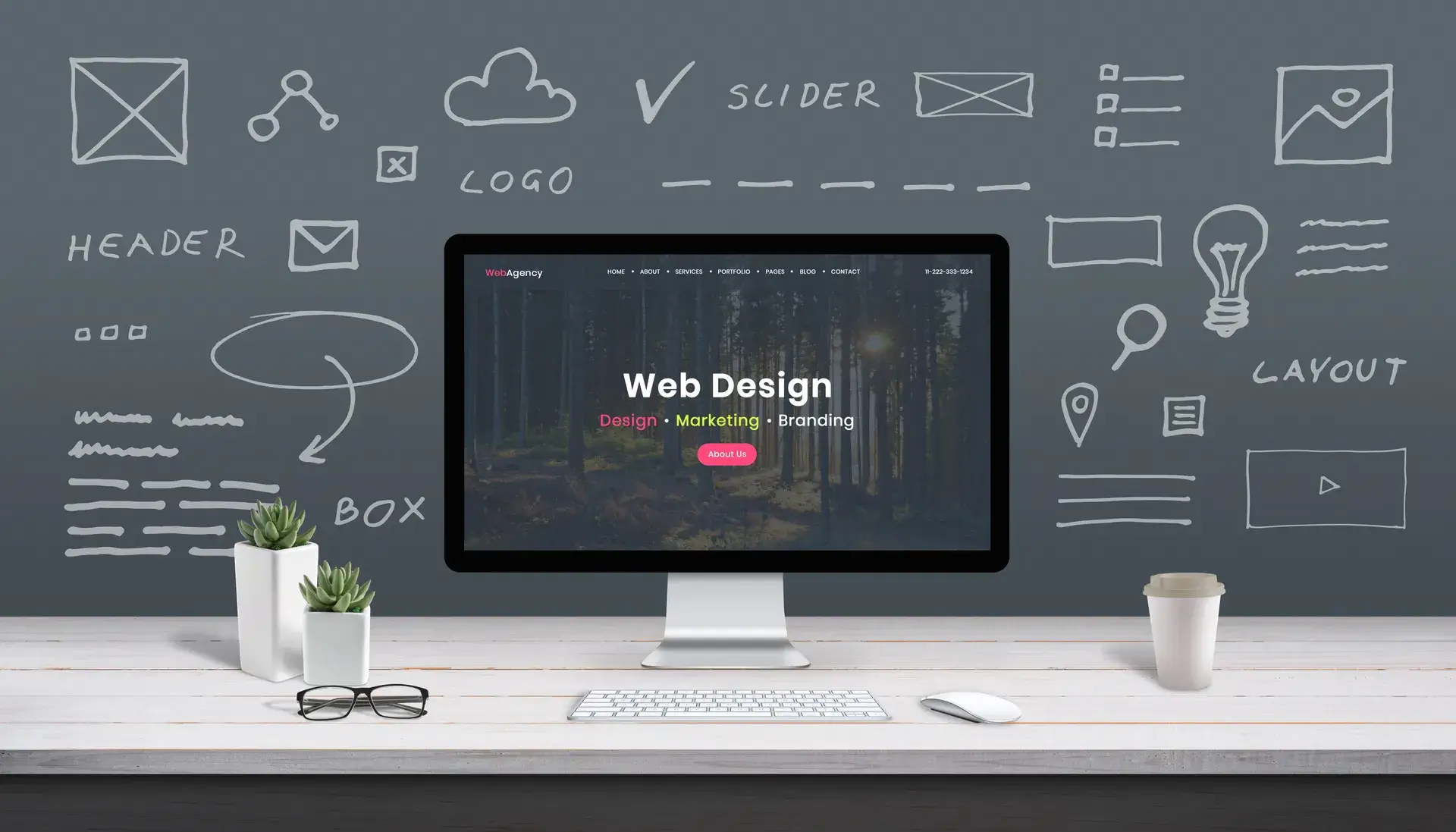User Interface (UI) and User Experience (UX) are crucial aspects of web and application design that can significantly impact user satisfaction and engagement. Adhering to UI/UX best practices ensures that your product is intuitive, appealing, and user-friendly. This guide outlines essential best practices to enhance your UI/UX design, ensuring that you create effective and enjoyable user interactions.
Understanding UI and UX
Before diving into best practices, it's important to understand the difference between UI and UX:
- User Interface (UI): Focuses on the visual elements of a product, including layout, colors, fonts, and buttons that users interact with.
- User Experience (UX): Encompasses the overall experience a user has when interacting with a product, including usability, accessibility, and the satisfaction derived from the interaction.
1. Prioritize User Needs
Understanding your target audience is key. Conduct research to identify their pain points, preferences, and behaviors. Creating user personas can help ensure your design meets their needs:
- Gather user feedback through surveys or interviews.
- Create user personas based on demographic and psychographic data.
2. Consistency is Key
A consistent design helps users navigate your application with ease. Ensure that:
- Colors, fonts, and button styles are uniform across all pages.
- Your branding elements align with the messaging you want to convey.
3. Simplify Navigation
Easy navigation enhances user experience. Consider these tips:
- Implement a clear and logical menu structure.
- Use breadcrumbs to help users understand their location.
- Limit the number of menu items to avoid overwhelming users.
4. Optimize for Mobile
With an increasing number of users accessing websites via mobile devices, responsive design is essential. Make sure:
- Your design adapts to various screen sizes.
- Buttons and touch targets are large enough for easy tapping.
5. Use Whitespace Effectively
Whitespace (or negative space) is vital in UI/UX design. It can help:
- Improve readability by separating content.
- Focus users' attention on essential elements.
6. Emphasize Visual Hierarchy
A well-structured visual hierarchy guides users through your content. Use contrast, size, and spacing to:
- Direct attention to important elements like calls-to-action.
- Create an intuitive reading flow.
7. Test and Iterate
Design is an iterative process. Regular testing helps identify issues and areas for improvement:
- Conduct usability tests with real users to gain insight.
- Gather analytics data to understand user behavior.
Conclusion
By implementing these UI/UX best practices, you can create intuitive, user-centered designs that delight users and achieve business goals. Remember, the key to a successful UI/UX design is to prioritize user needs, maintain consistency, and continuously refine your design based on user feedback. At Prebo Digital, we specialize in UI/UX design and can help you create effective digital experiences. Ready to enhance your project's UI/UX? Get in touch with us today!














